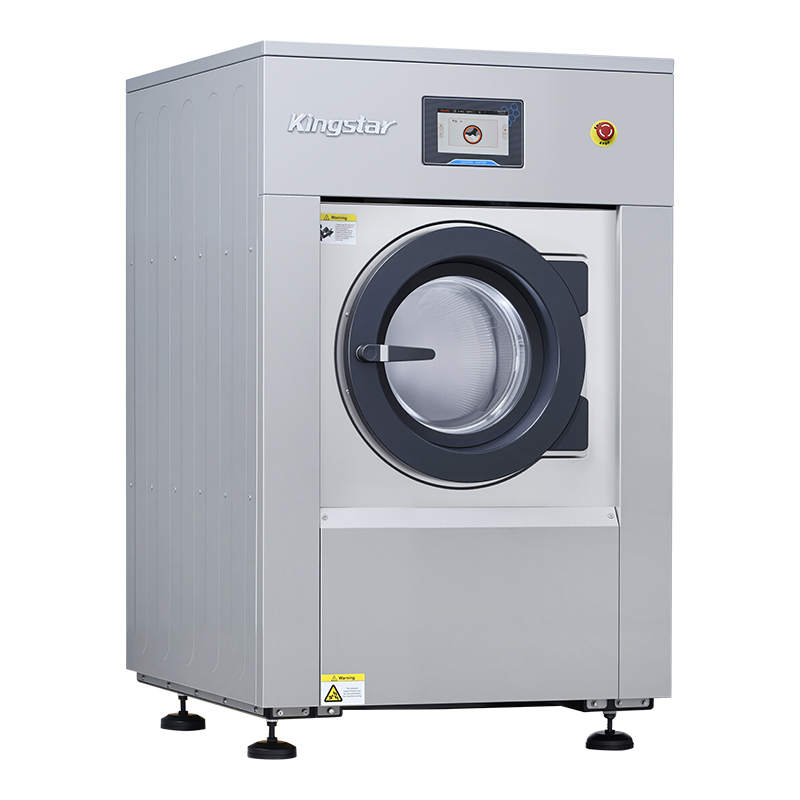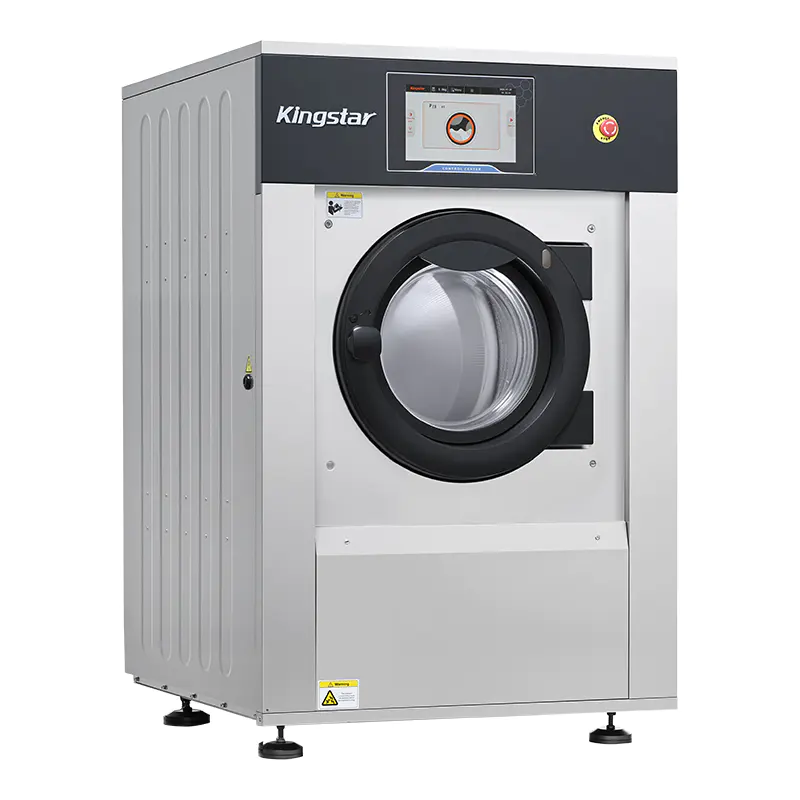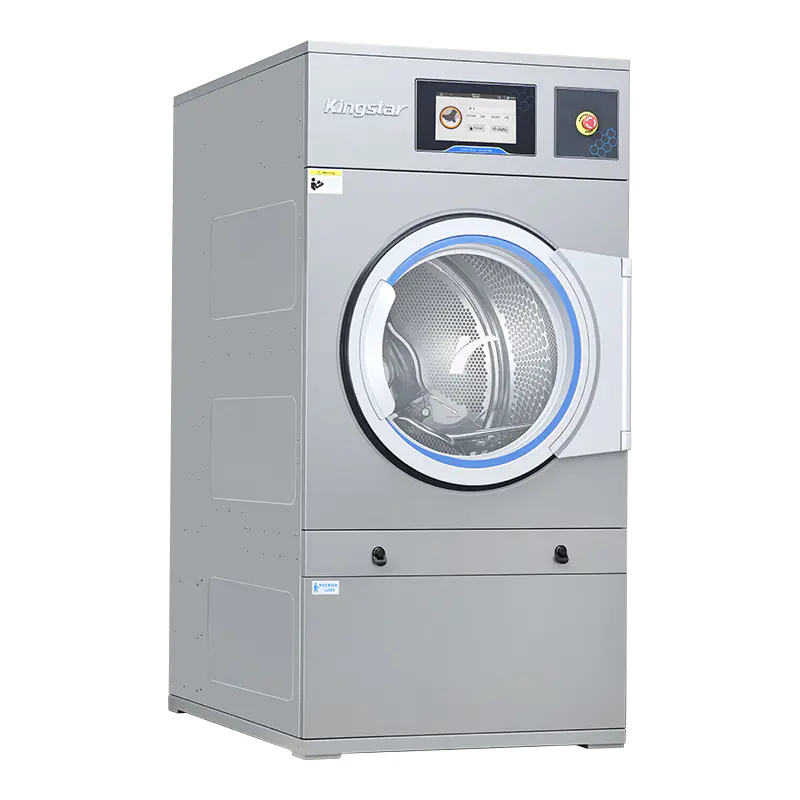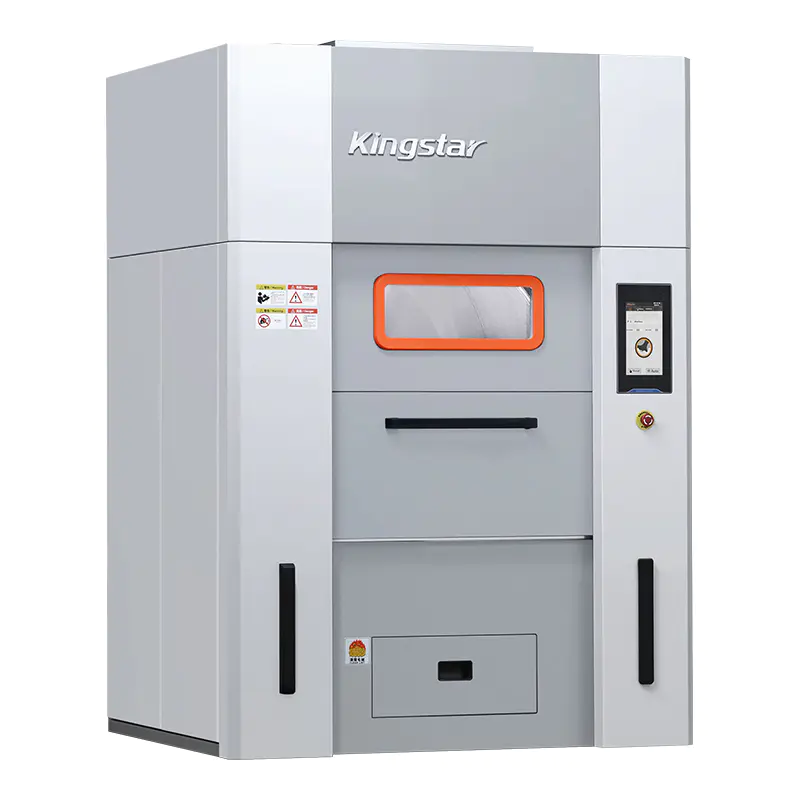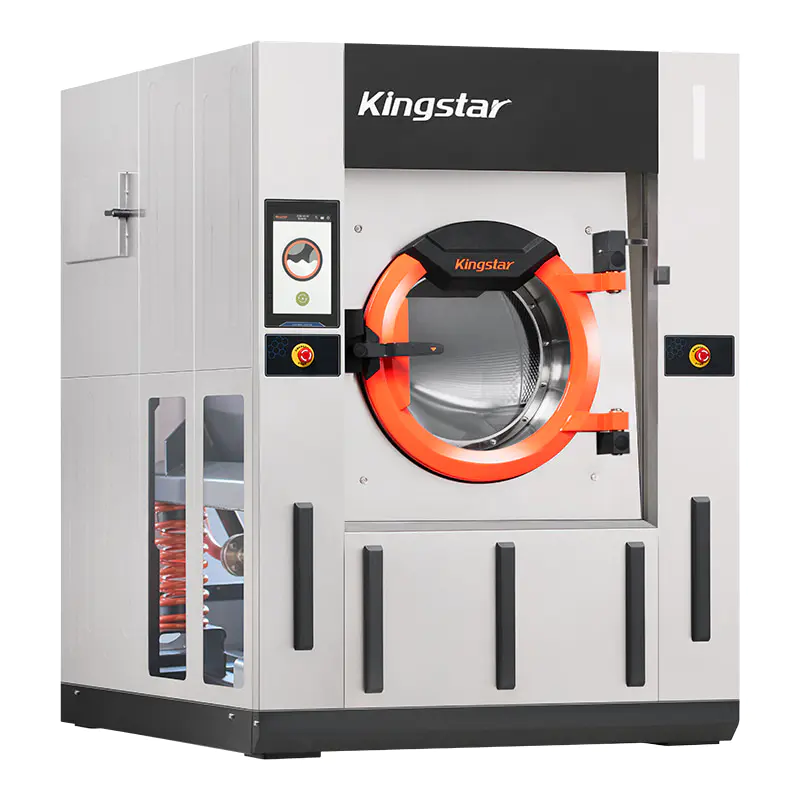
Laundry Core Competitiveness: Quality Standards and Implementation Guidelines for Exceptional Ironing
In the highly competitive laundry market, an outstanding ironing effect is the most intuitive and persuasive “silent” business card for laundry shops. Clothes with smooth, flat, and crisp lines show professional quality.
Ironing is a process that people use specific tools (including irons and pressing equipment) and specialized techniques to get a smooth, crisp, and well-shaped finish for various clothes and linens.
There are four basic requirements for ironing: heat, pressure, moisture, and cooling.
Ironing Tools
● The form finisher consists of a human-shaped cover and adjustment system, blower motor, heating coil, front and rear fixing rods, control system, sleeve racks, and other components.
● The suede steam press is designed based on ironing principles, comprising a base pad, pressure pad, base pad steam control system, pressure pad steam control system, pressure-heat fixing and release system, dehumidification system, and machine base.
● The smooth-surface steam press has a heating board with built-in steam circulation, operating at a temperature of approximately 120~160℃.
● Flatwork ironer (abbreviated as flat ironer) is composed of a fabric feeding system, roller, dehumidification system, power system, heating system, control system, etc.
- Manual ironing tools: Iron
- Auxiliary ironing tools: Ironing table, ironing board, water spray bottle, cotton pad, wooden clapper
If a pressing cloth is used when ironing fabrics, the ironing temperature can be increased by 15%. The “danger temperature” means the temperature at which, if the fabric is continuously exposed to it for 30 seconds during ironing, the fabric’s strength will decrease by 10% and the degree of fiber change will be directly visible to the naked eye.
Ironing Notes
The ironing temperature for different fabrics should be determined based on the heat resistance, softening point, and decomposition temperature of each fiber type. The selected ironing temperature should never exceed their decomposition temperature or softening point. Otherwise, discoloration, shrinkage, or scorching may appear and cause irreparable damage.
For blended or interwoven fabrics composed of two or more fibers, the ironing temperature should follow the “lower temperature principle”. It is usually based on the fiber with the lower heat resistance.
Except for white textiles, most fabrics are dyed into various colors with different dyes, and different dyes have different temperature resistance. Excessively high temperatures can have a bad impact on color fastness and lead to yellowing, darkening, fading, or discoloration. As a result, when people iron bright-colored or light-colored fabrics, the temperature should be lower.
● Pressure types for ironing
(a) Propelling Pressure (b) Weight-Added Pressure (c) Friction Pressure (d) Key Pressure (e) Focused Pressure
● Basic ironing methods with an iron
(a) Push Ironing (b) Spot Ironing (c) Supporting Ironing (d) Side Ironing (e) Steaming & Holding
Danger Temperatures for Ironing Various Clothes
● Shirts
(1) Collar: Keep flat and crisp; cover the seam at the lapel. Iron the entire collar into a rounded shape, and press the back collar firmly.
(2) Shoulders: smooth and neat.
(3) Cuffs: a rounded shape without wrinkles.
There should be no indentations left at button positions.
(4) Sleeves: Press smoothly along the underarm seams.
(5) Front placket: Keep the facing neat and straight.
(6) Front and back panels: crisp and flat.
- Ironing Temperatures
Pure cotton: 175 - 195℃
Silk: 120 - 160℃
Poly-cotton/poly-linen blend: 150 - 170℃
- Precautions
Use steam/moisture or a dry pressing cloth according to the conditions of the fabric.
No glossy marks should be left on the ironed surfaces.
● Suits
(1) Collar: Both inner sides and outer sides should be flat. When turned over, the collar should cover the seam and set naturally. Do not press the left and right sides of the collar rigidly and allow them to split naturally.
(2) Shoulders: Left and right shoulders should form a natural shape. Shoulder pads should be pressed flat, with no twists at the seams connecting to the sleeves.
(3) Front chest and back: Keep naturally flat, with no button indentations.
(4) Pocket flaps: Press crisply. No flap marks left on the pocket surfaces.
(5) Sleeves: Iron into a smooth, rounded shape. Cuff facings should be flat. Button edge pleats should be straight and neat. Press the back sleeve seam straight, starting from approximately 10 cm above the cuff.
(6) Lining: The suit lining should keep flat with no wrinkles.
(7) Overall appearance: The entire suit should be naturally smooth with no wrinkles.
(8) Gloss prevention: There should be no glossy marks on the entire suit.
- Pre-Ironing Preparation
A steam iron and a thin pressing cloth.
- Ironing Procedure
Left and right sleeves → left and right cuffs → collar (front and back sides) → right front shoulder → left front shoulder → left back shoulder → right front body → right side body → back body → left front body → left side body → left front placket lining → back body lining → right front placket lining → turn over the collar and press lightly to set shape.
- Precautions
The suit collar is crucial as it is a prominent feature noticed by others. It must be pressed naturally.
When ironing the suit, move the iron at a moderate speed and use steam correctly.
The fully ironed suit should feel smooth, form a natural shape, have a wrinkle-free lining, and have rounded sleeves with straight, natural seams.
For women’s suits: Do not press the front chest flat. Place a small cotton pad under the chest area and iron from the front to maintain a natural bust shape.
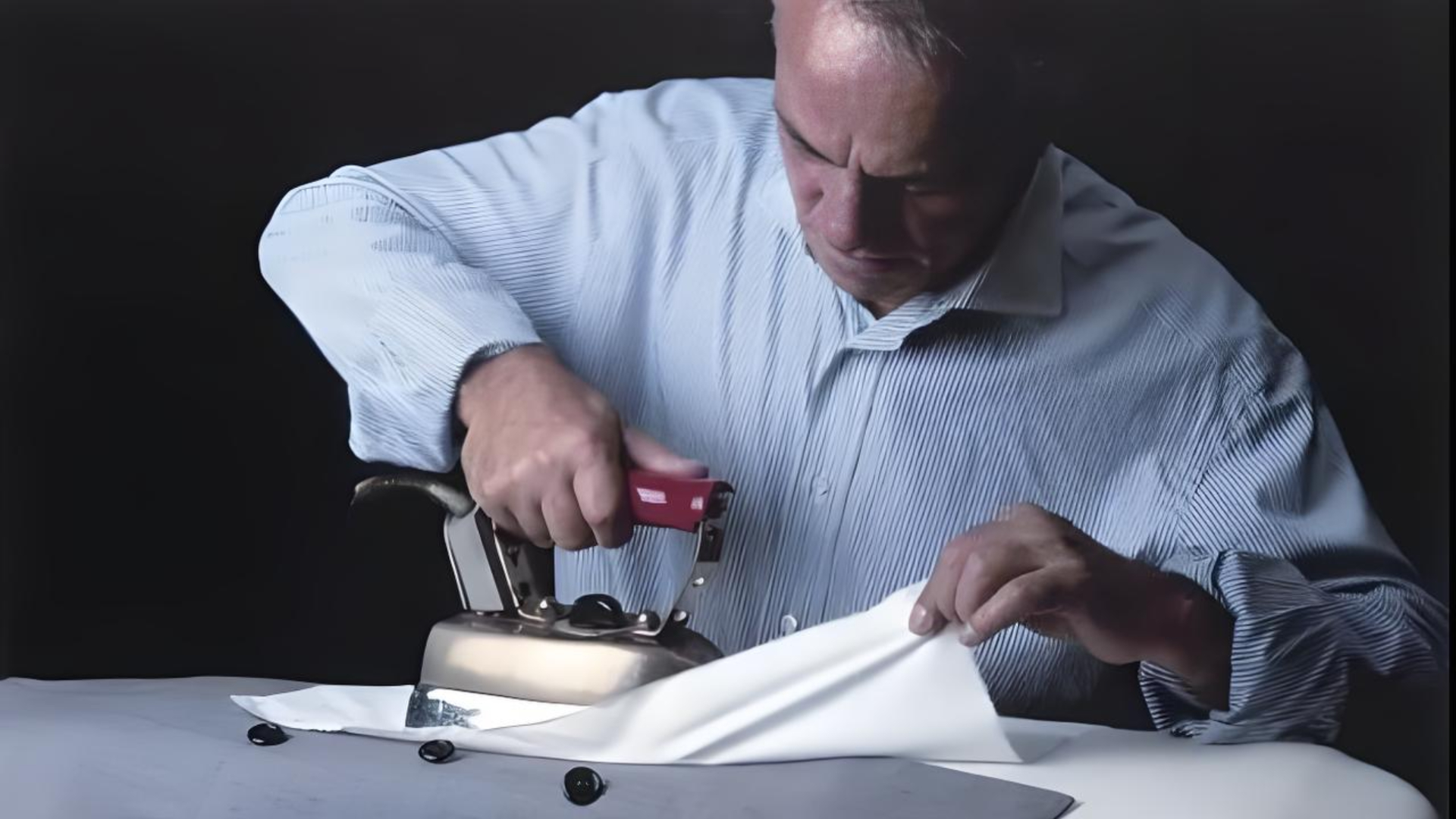
● Suit Skirts
(1) Waistband: Keep naturally smooth and flat.
(2) Lower skirt body: Ensure flat and wrinkle-free.
(3) Pleats: Press naturally with no residual marks on the skirt body.
(4) Back slit: No indentations or marks left.
(5) Overall appearance: No glossy marks on the entire skirt.
- Ironing Procedure
Press the underskirt flat → Press open and set the inner reverse seams of the waist ties → Entire skirt waistband → Lower skirt body → Skirt pleats and slit opening
- Precautions
When ironing the pleats, place a cotton pad inside the skirt for support.
The specific procedure for ironing the pleats is the same as that for suit skirts.
When ironing the pleats, start from the waist slit. The first pleat must be pressed to the correct standard, and it should be uniform in size and shape.
If necessary, use straight pins to assist with shaping, then remove them after ironing.
● Qipaos
(1) Collar: Firm and stiff, with a smooth, rounded neckline.
(2) Sleeves: a cylindrical shape.
(3) Facings: Neat and straight along the edges of the clothes.
(4) Front and back: Flat and smooth. Decorative trims are free of twists.
- Ironing Procedure
Underlap placket → collar → sleeves → back → upper back → upper front → lower back → lower front → left waist seam → right waist seam
- Precautions
When ironing Qipaos, move the iron smoothly to ensure the fabric lies flat.
Slide sleeves over a wooden clapper for ironing (to keep the cylindrical shape).
Handle decorative trims with care.
Avoid leaving indentations on snaps and zipper areas.
- Manual Ironing Operating Rules
(1) Classify clothes and adopt an assembly line workflow.
(2) Inspect garments before ironing to understand specific requirements.
(3) Follow procedures and operate.
(4) Check clothes carefully after ironing and fix any issues in time.
Conclusion
All in all, good ironing is not just simple manual labor. It is a defined process that integrates technology, patience, and quality standards. The investment for improving ironing quality is for the core competitiveness and brand value of the laundry equipment. This is also an important way to achieve sustainable profits.
Good ironing effects always rely on the foundation of professional washing and drying in the early stage. Only when the fabric of the clothes remains intact during the washing process and is evenly dried without damage during the drying process can the best conditions be created for following ironing.
As a professional manufacturer of commercial & industrial washing machines and dryers, Kingstar has always set “safeguarding the quality of clothing and enhancing the efficiency of laundry and care” as a core value. Kingstar equipment’s precise control of temperature, humidity, and mechanical force throughout the entire process of washing and drying has laid a solid foundation for the subsequent ironing stage of the laundry. From the safe washing of delicate fabrics to the drying and shaping of functional clothing, Kingstar, through professional equipment solutions, helps laundries achieve full-chain quality control of “washing, care and ironing”, ensuring that every piece of clothing remains in the best condition from entering the store to delivery, becoming an important support for laundries to win customer trust and build differentiated competitiveness.
ADD:No.388 Xinggang Road, Chongchuan District, Nantong City, 226000, Jiangsu Province, China.
-
Phone: +86-13917089379
-
Tel:+86-13917089379
-
Fax:+86-0513-85663366
-
E-mail:[email protected]
